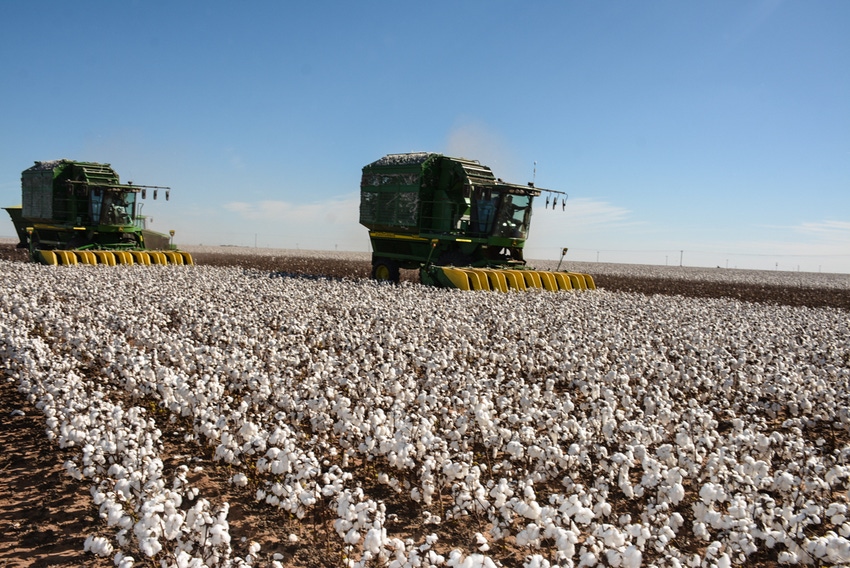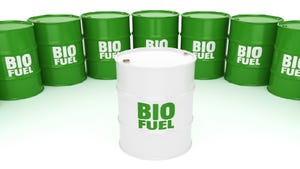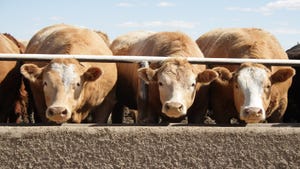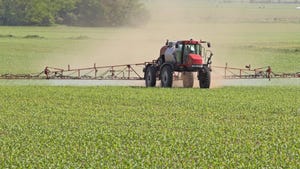
USDA’s old crop cotton supply and demand projections did not involve major adjustments in March. This is not unusual. According to the calendar, they should be finalizing any production questions related to the 2018 crop.
There is sometimes a discrepancy between USDA-measured ginnings and USDA-measured cotton production. But this year there isn’t much of a discrepancy, so I don’t expect anything more than minor tinkering with USDA’s forecast of an 18.4 million bale U.S. crop.
USDA also left projected U.S. cotton exports unchanged at 15.0 million bales. Perhaps USDA is waiting like the rest of us for a near term resolution of the U.S.-China trade dispute before making any bold adjustments to the export projections.
At any rate, the March World Agricultural Supply and Demand Estimates (WASDE) reflected no change to any of the numbers in the 2018/19 U.S. cotton balance sheet. This report, therefore, had price neutral implications.
The March WASDE showed a modest 590,000 bale increase in old crop world cotton ending stocks, month-over-month. This was mostly driven by increases in projected production in Brazil (+350,000 bales) and Pakistan (+200,000 bales) which outweighed 100,000 and 40,000 bale reductions in Australia and Central Asia, respectively.
There were other minor adjustments to the foreign trade categories and foreign consumption (e.g., 50,000 fewer bales in Indonesia). Again, the implications were mainly price neutral.
The attention of analysts, farmers, and traders is turning more to the new crop outlook. A major question is how regional soil moisture conditions will either facilitate or prevent the planting of intended row crops.
Wet fields may be shifting acreage from prevented grain plantings to cotton in parts of Texas, especially in the Upper Gulf Coast. Some places, however, remain so wet that it is a question whether even cotton could be planted by the mid-April crop insurance planting deadline.
The level of planted cotton acreage matters to the new crop price outcome. I am still assuming there will be enough moisture in 2019 to result in 7 percent abandonment and 850-pound average U.S. yield.
Having 14 million planted acres could produce a 23 million bale crops, which implies a very healthy supply of 27-plus million bales. Even with a strong assumption of 17 million bales of U.S. exports, the ending stocks outcome is roughly 7 million bales.
Increasing ending stocks year-over-year is historically associated with weaker prices. For additional thoughts on these and other cotton marketing topics, please visit my weekly on-line newsletter at http://agrilife.org/cottonmarketing/.
About the Author(s)
You May Also Like




